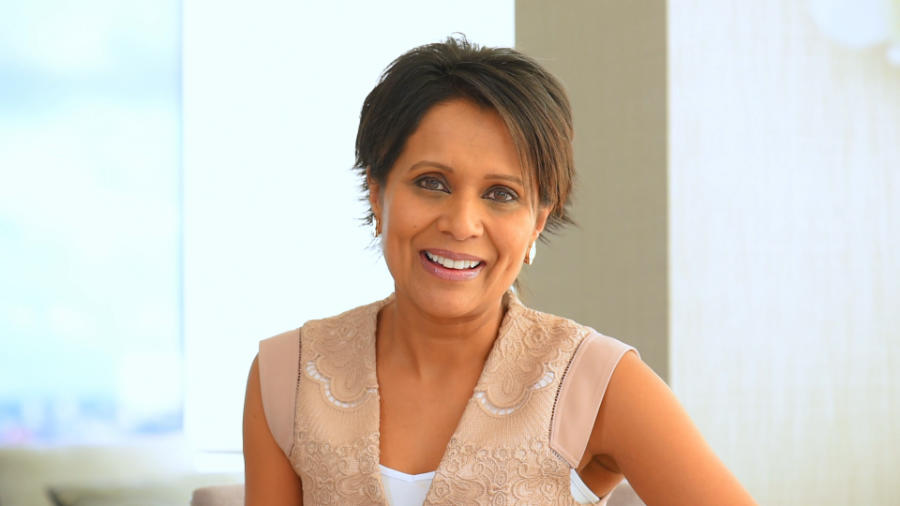Beyond Borders: Effective Leadership in a Multicultural World

Imagine yourself as a skilled conductor orchestrating a symphony of diverse instruments, each playing a vital role in creating harmonious melodies. As you navigate the complexities of leadership in a multicultural world, the harmony of collaboration and understanding becomes your ultimate goal.
Embracing the nuances of cultural diversity and mastering the art of effective leadership across borders is a journey that promises growth, challenges, and invaluable rewards. Are you ready to set off on this transformative path towards becoming a truly impactful leader in our global community?
Key Points
- Embrace cultural intelligence for effective leadership in a multicultural setting.
- Foster trust and mutual understanding through cultural sensitivity practices.
- Promote diverse team collaboration by fostering unity and open dialogue.
- Prioritise inclusivity and team building to enhance creativity and productivity.
Cultural Intelligence for Effective Leadership
Embracing cultural intelligence is crucial for becoming an effective leader in a multicultural world, enabling you to understand and navigate diverse norms and values with finesse.
Cultivating cross-cultural empathy through diversity training equips you with the skills to connect authentically with individuals from different backgrounds. Your cultural sensitivity allows you to approach interactions with respect and openness, fostering trust and mutual understanding within diverse teams.
Developing a global mindset broadens your perspective, enabling you to adapt to varying cultural contexts and make informed decisions that consider a wide range of viewpoints.
Ethical Decision-Making in Multicultural Settings
To steer ethical decision-making in multicultural settings successfully, it is vital to comprehend and respect the diverse cultural norms and values at play. Cross-cultural ethics, diversity dilemmas, global values, multicultural dilemmas, and ethical sensitivity are crucial factors to consider in ensuring that decisions align with a variety of perspectives. Leaders must be sensitive to the nuances of different cultural frameworks to navigate ethical challenges effectively and promote fairness and respect in global environments.
| Ethical Decision-Making in Multicultural Settings | |
|---|---|
| Key Considerations | Description |
| Cross-cultural ethics | Understanding and respecting ethical standards across cultures. |
| Diversity dilemmas | Navigating dilemmas arising from diverse perspectives and values. |
| Global values | Identifying universal values that influence ethical decision-making. |
| Ethical sensitivity | Showing empathy and cultural awareness to make ethical choices. |
Reaching a consensus on ethical issues necessitates open communication and a profound understanding of cultural diversity. By embracing cultural sensitivity and empathy, leaders can encourage ethical behaviour and decision-making across borders, fostering a more inclusive and harmonious multicultural environment.
Communication Strategies for Diverse Teams
In diverse teams, effective communication is the cornerstone of collaboration and understanding among individuals from different cultural backgrounds. When working with a diverse team, consider the following communication strategies:
- Cross cultural collaboration: Embrace cultural differences and leverage them to achieve common goals, fostering a sense of unity within the team.
- Language barriers: Be mindful of language variations and provide support to ensure all team members can actively participate and contribute.
- Nonverbal communication: Pay attention to nonverbal cues, such as body language and gestures, as they play a significant role in conveying messages across cultures.
- Team cohesion: Encourage open dialogue and create a safe space for team members to express themselves, promoting a sense of belonging and teamwork.
- Diversity training: Invest in training programmes that educate team members on cultural differences, communication styles, and best practices for working effectively in a diverse environment.
Inclusivity and Team Building Across Cultures
In fostering inclusivity and building teams across cultures, it’s vital to prioritise understanding and respect for individuals’ diverse backgrounds and perspectives. Cross-cultural collaboration thrives when leaders embrace diversity integration and practise inclusive leadership.
By valuing cultural sensitivity and promoting global teamwork, you can create a work environment where every team member feels included and respected. Acknowledging the unique perspectives and contributions of individuals from different cultural backgrounds enhances team dynamics and fosters creativity and productivity.
Embracing diversity in team building not only leads to innovative problem-solving approaches but also enriches the organisational culture. Effective inclusivity practices, such as open communication and trust-building, are essential for promoting collaboration and mutual understanding among team members.
Navigating Challenges in Global Leadership
Managing challenges in global leadership requires a sharp awareness of cultural nuances, communication barriers, and diverse perspectives. When navigating the complexities of leading across borders, you need to consider various factors crucial for ensuring success.
Here are key aspects to take note of:
- Time zone coordination: Balancing different time zones necessitates effective scheduling and communication strategies to ensure everyone is on the same page.
- Legal compliance: Grasping and adhering to various legal frameworks is essential to steer clear of pitfalls and uphold ethical standards.
- Cross-cultural conflict resolution: Embracing cultural differences and implementing conflict resolution strategies that honour diverse perspectives can result in harmonious outcomes.
- Global leadership styles: Tailoring your leadership approach to fit different cultural contexts encourages better engagement and collaboration among multicultural teams.
- Diversity training: Investing in programmes that champion diversity awareness and inclusivity can improve cross-cultural understanding and teamwork in global leadership environments.
Frequently Asked Questions
What is an effective leader in a multicultural environment?
In a multicultural environment, being an effective leader means having cultural intelligence to understand and respect diverse norms.
Your communication skills are vital for bridging language barriers, and your adaptability and flexibility help navigate different cultural settings.
Conflict resolution and building trust are key, empowering you to foster unity within diverse teams.
What does Leaders Beyond Borders mean?
In a multicultural world, being a leader beyond borders means having a global mindset, excelling in cross-cultural communication, embracing diversity awareness, practising inclusive leadership, and possessing cultural intelligence. Understanding cultural nuances, valuing diverse perspectives, and fostering collaboration are key.
Why is leading across cultures important for effective leadership?
Leading across cultures is essential for effective leadership as it fosters cultural awareness, sharpens communication skills, promotes adaptability, aids in conflict resolution, and builds trust. Understanding and embracing diverse perspectives enhance collaboration and innovation within teams.
What is the Multicultural Leadership Theory?
To understand the Multicultural Leadership Theory, focus on cultural intelligence, cross-cultural communication, global mindset, diversity management, and intercultural competence.
Embrace diverse perspectives, value inclusivity, and prioritise understanding cultural differences. By fostering adaptability and collaboration, you create a foundation for effective leadership across cultures.
Embrace the richness diversity brings, communicate openly, and develop a global perspective to lead successfully in multicultural environments.
Conclusion
As you navigate the complexities of leadership in a multicultural world, remember that embracing diversity is key to success.
Did you know that 85% of global executives believe that cultural intelligence is essential for effective leadership?
By prioritising adaptability, clear communication, and inclusivity, you can lead with confidence and foster collaboration across borders.
Keep pushing boundaries, breaking down barriers, and embracing the richness of different perspectives to thrive as a leader in our interconnected world.




